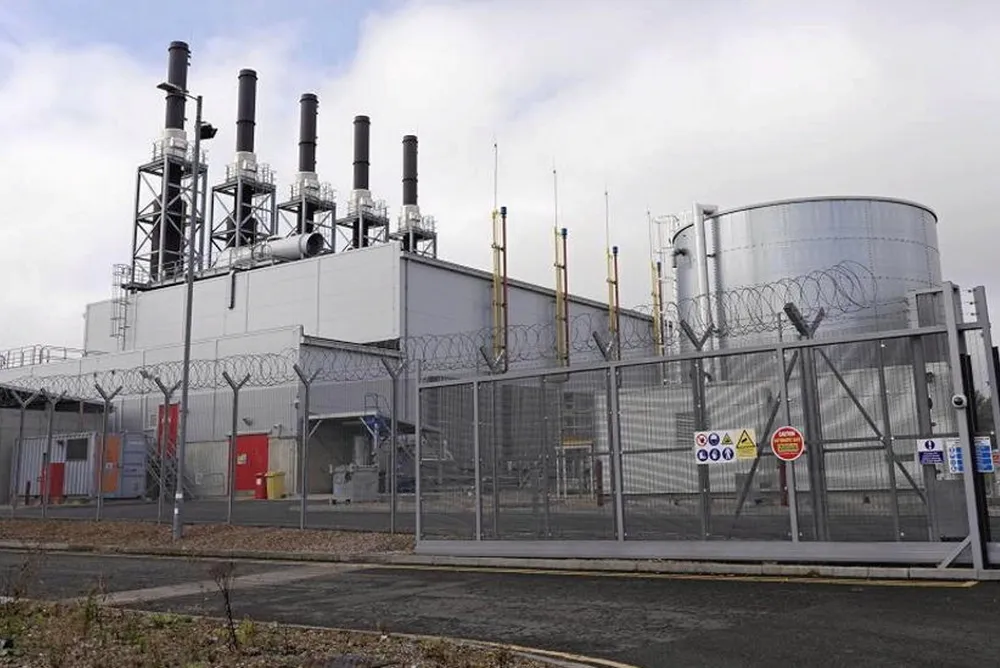‘UK first’ | Centrica to inject hydrogen made from methane pyrolysis into peaking gas plant
Utility to use tiny percentages of H2 from local producer HiiROC as part of 12 month trial, as it eyes future roll-out of 100% hydrogen-fired power plants

Utility to use tiny percentages of H2 from local producer HiiROC as part of 12 month trial, as it eyes future roll-out of 100% hydrogen-fired power plants
